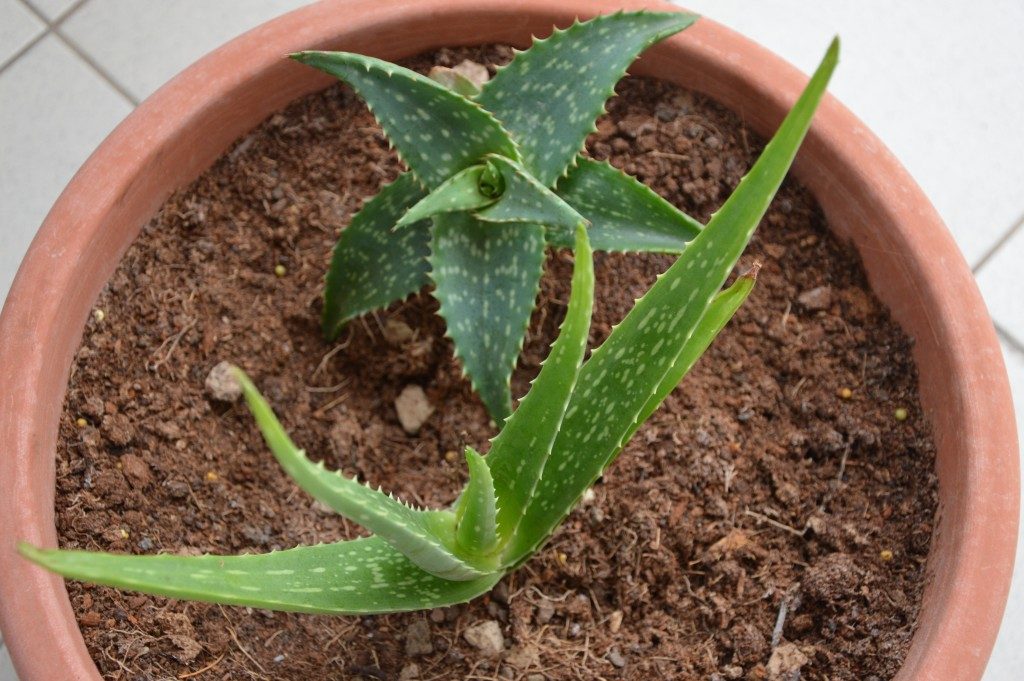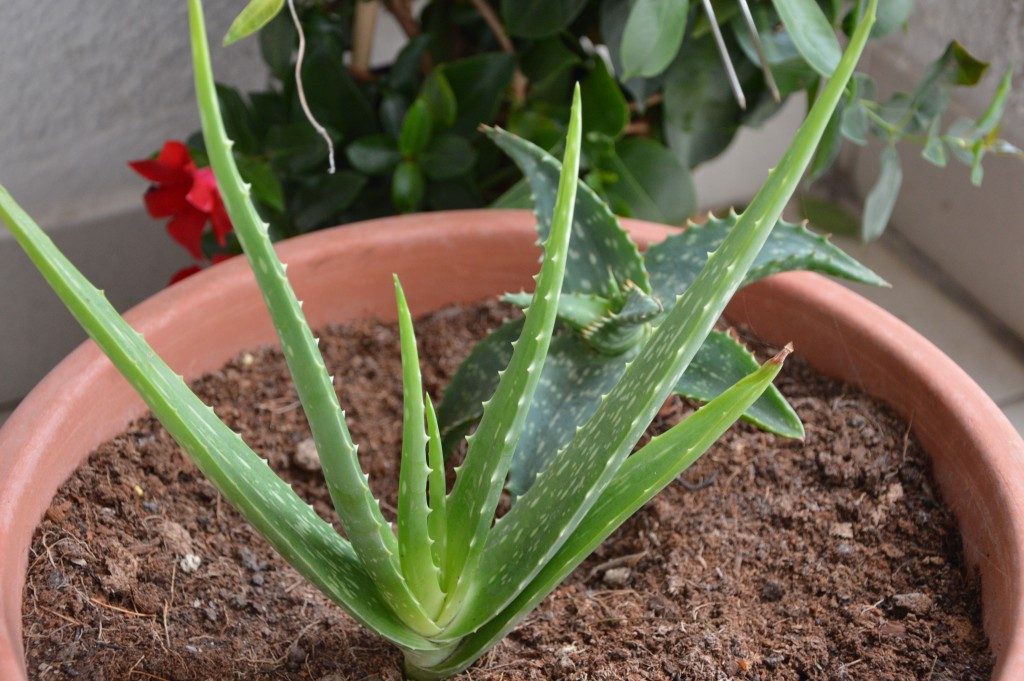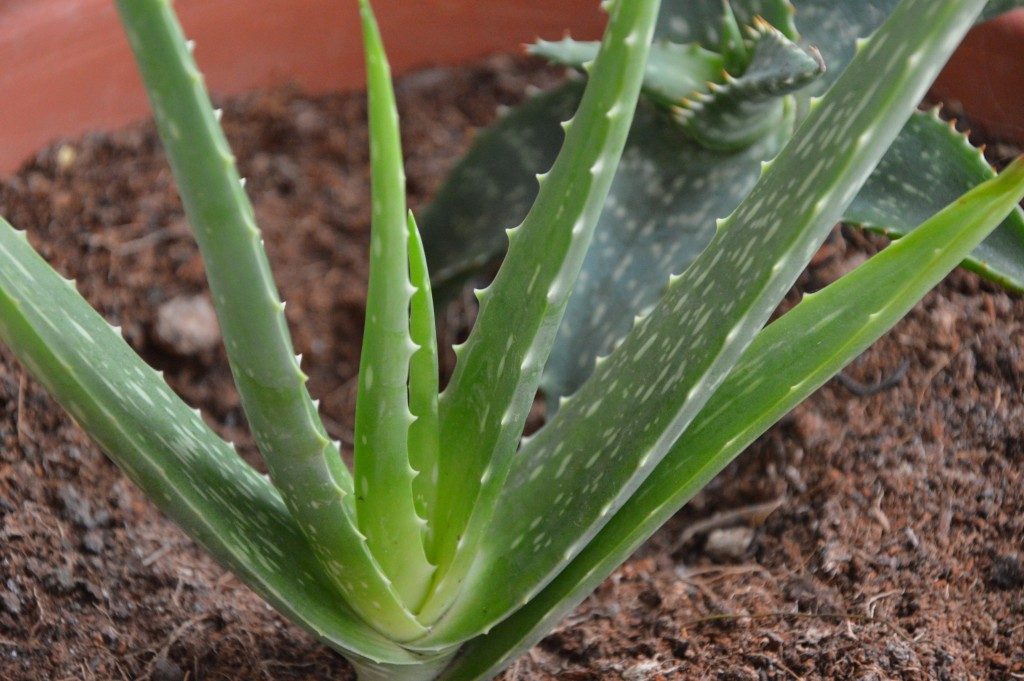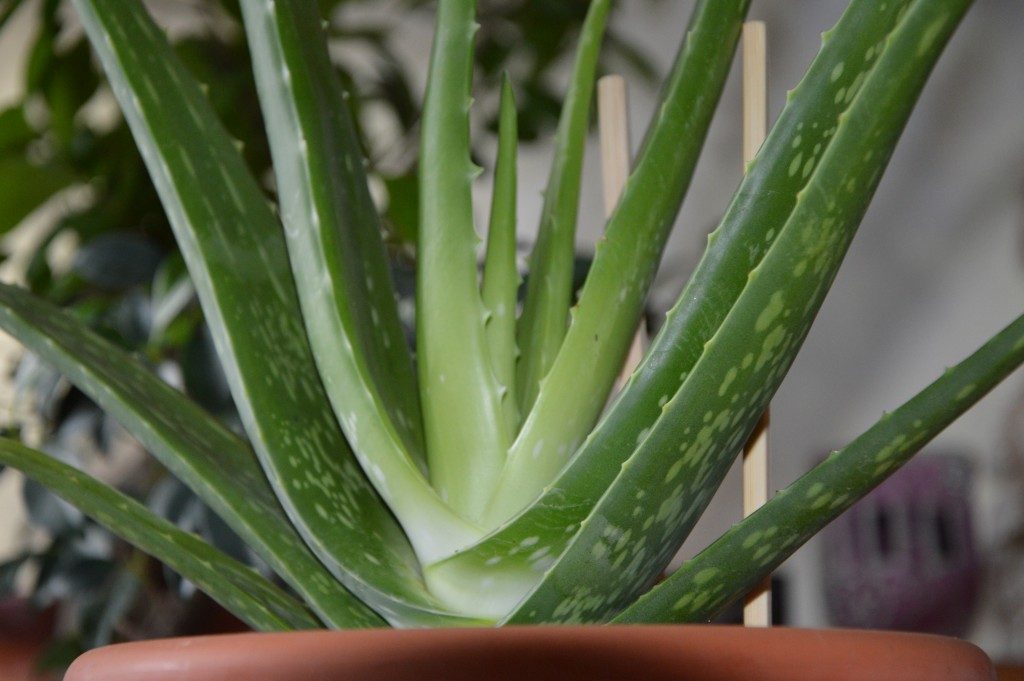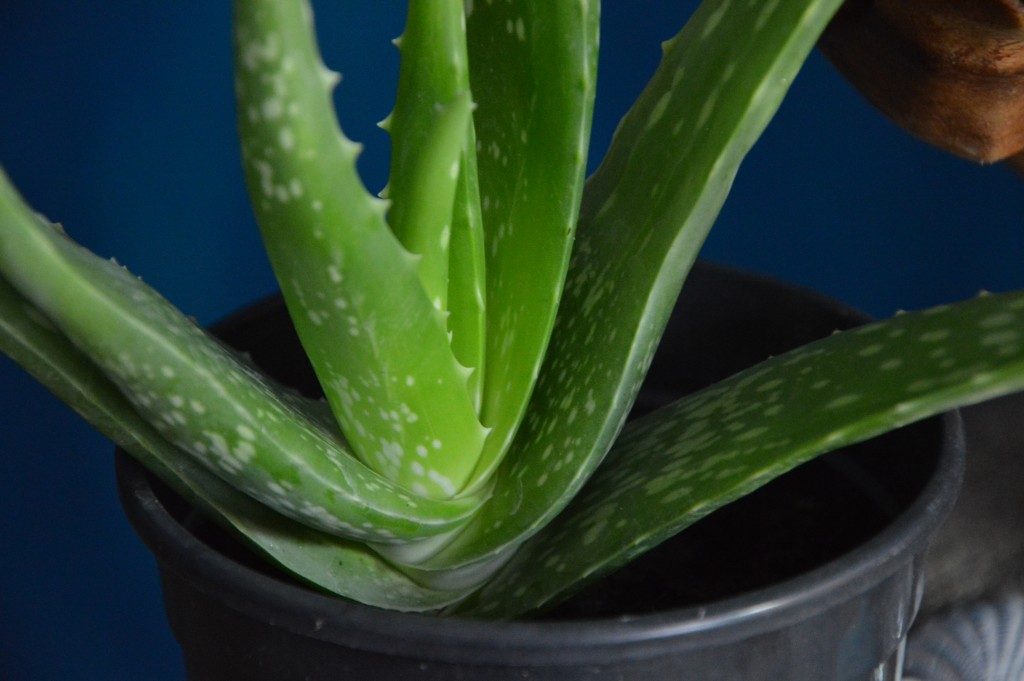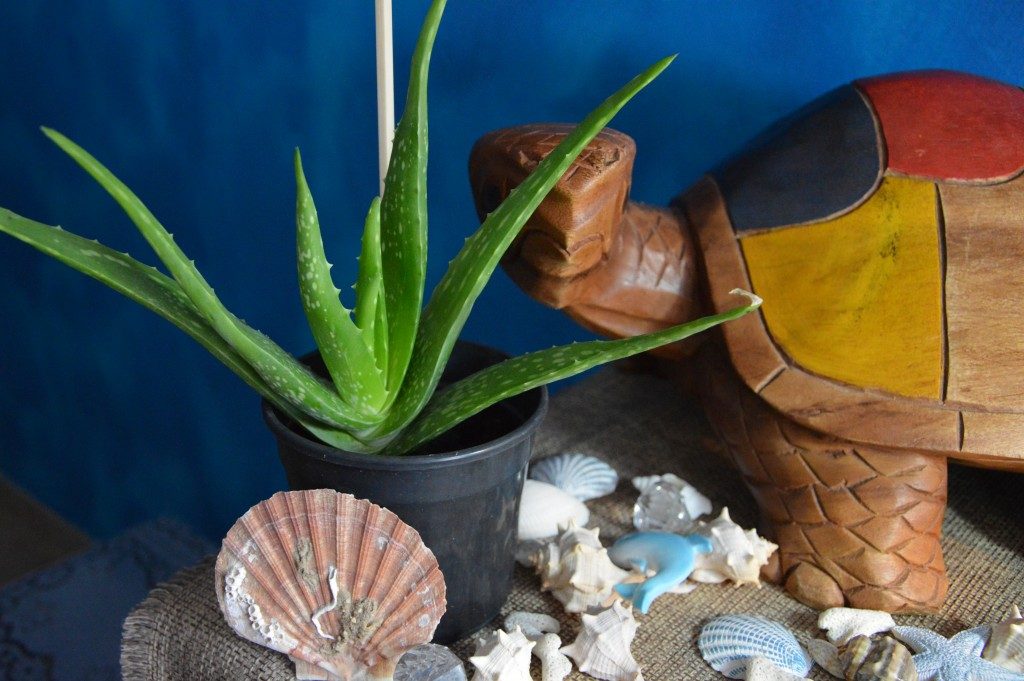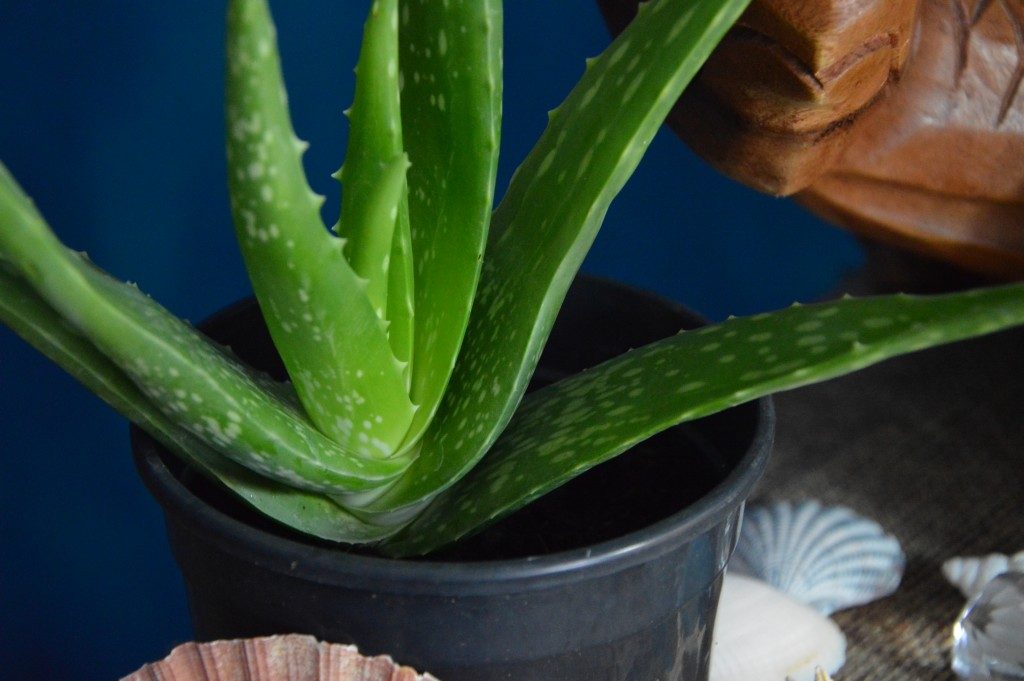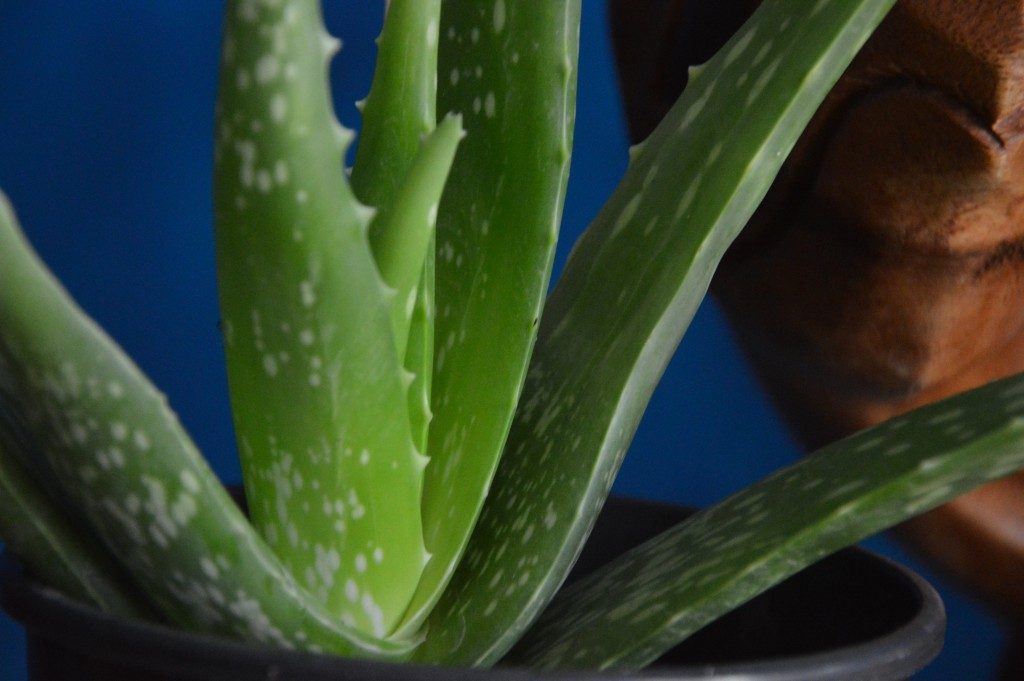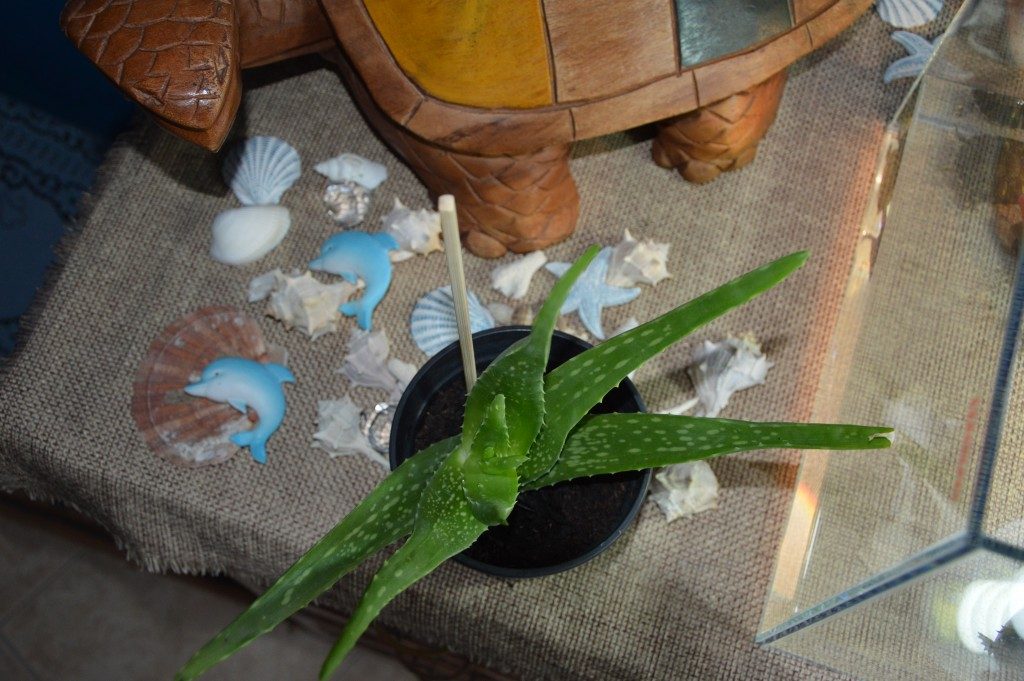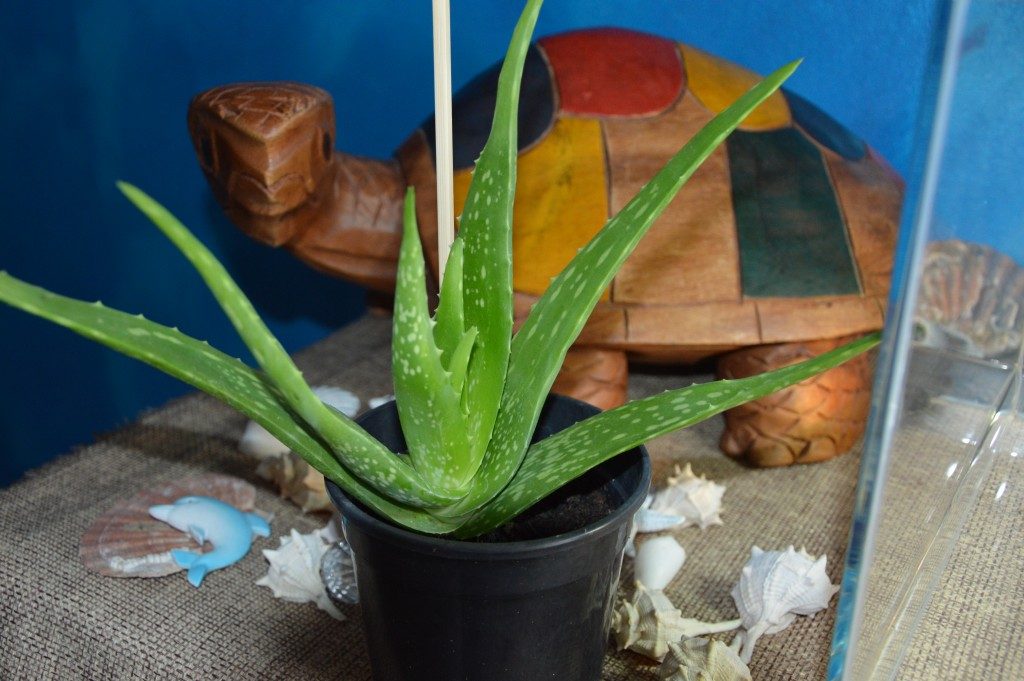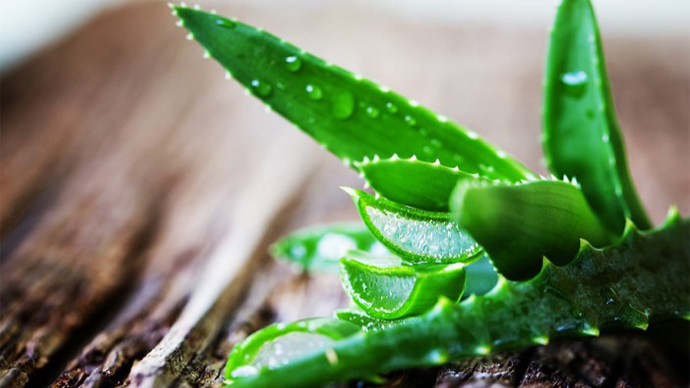Aloe means “bitter”, from Hebrew “allal” or also from Arabic “Alloch”. Aloe vera is a perennial plant of the lily family that are part of more than 200 species mainly in Africa (it is also the name of American agave has leaves similar to those of the aloe plants) but now the habitat where grows comprises the Mediterranean, India, the United States, Mexico, the Antilles, Arabia, Australia. It prefers hot, dry climates where the temperature never drops below zero.
Aloe vera and its healing and therapeutic features
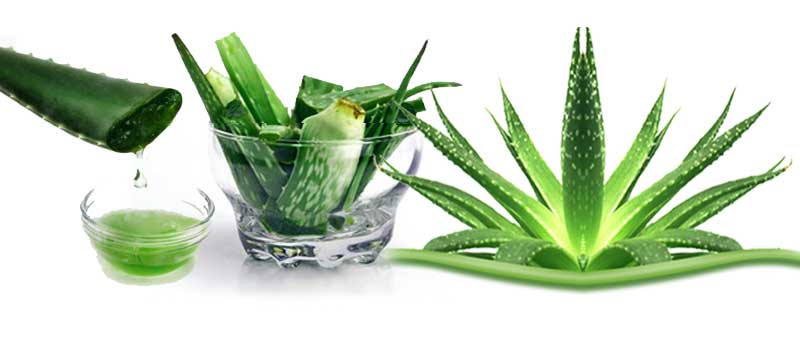
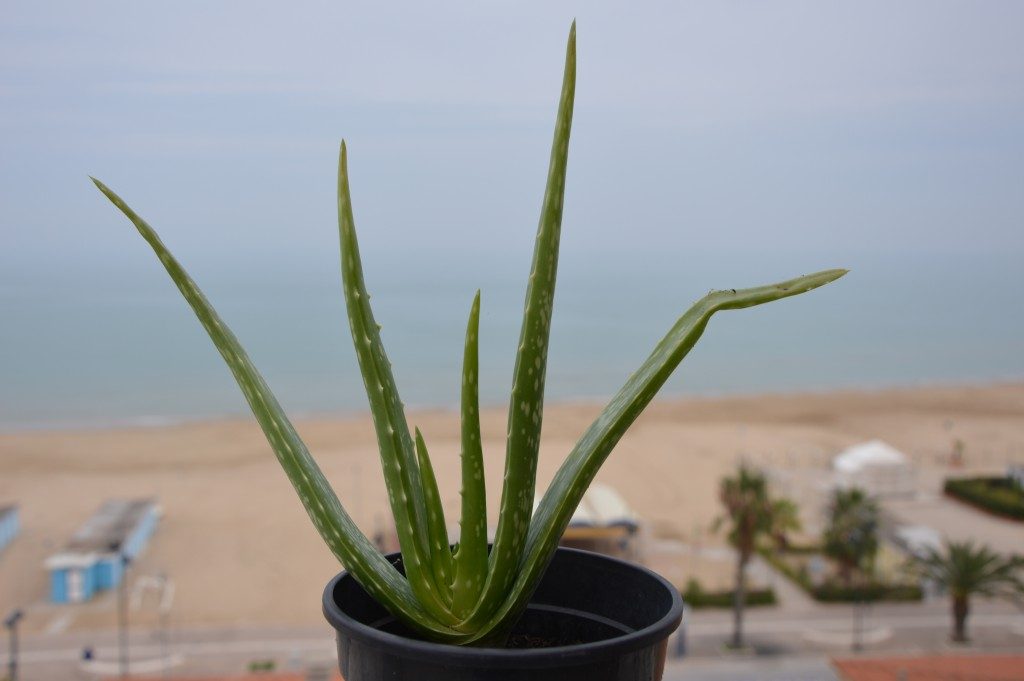
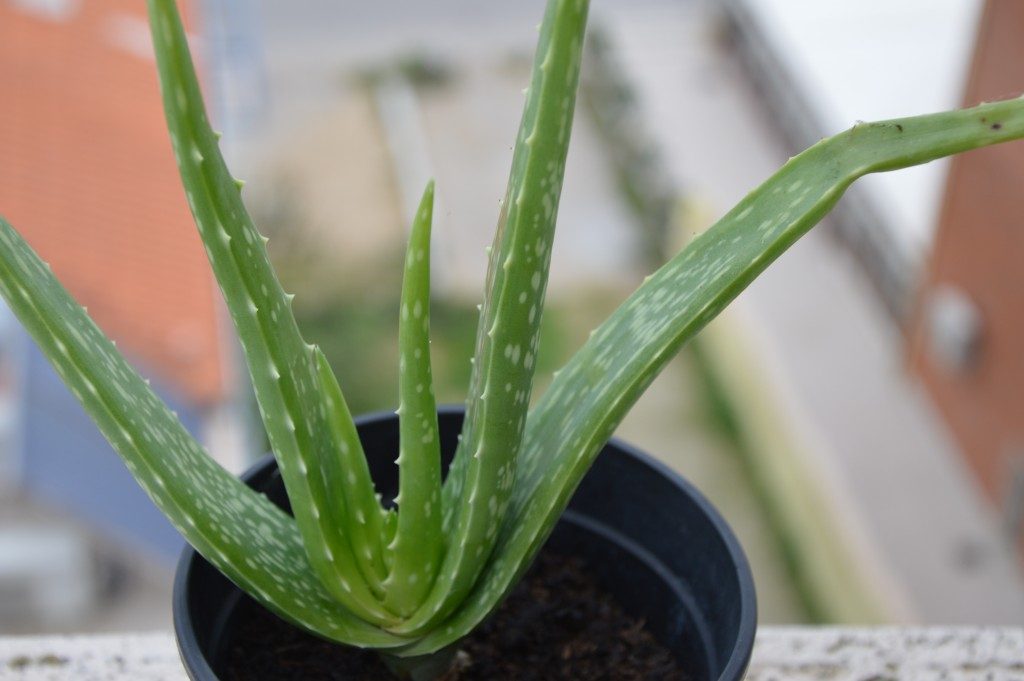
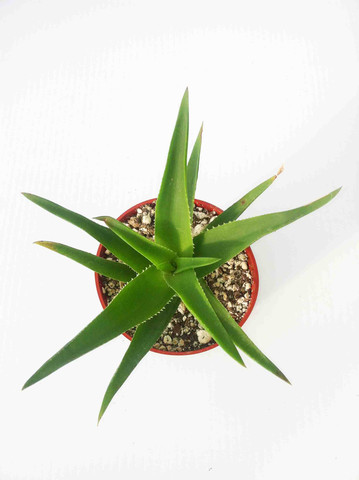 Defined elixir of wellness and health Aloe is a plant with many virtues and the various uses. Already the ancient Romans used to mitigate the wounds that soldiers procured during the battles attributing to the plant healing features. According to the ancient Egyptians, is a tradition that has been passed down to this day, they used to plant aloe entrance of a new home, so that they can ensure long life and happiness. Quotes about the healing properties of aloe vera are found in medical textbooks of the Sung dynasty, dated around 1276 BC, and it seems that Nefertiti and Cleopatra would use its pulp face as a moisturizer to keep the skin young. In Greece its juice mingled with myrrh to disinfect the oral cavity, and Christopher Columbus noted in his diaries as the extract of aloe vera was a kind of handyman medicine to treat sailors on long ocean passages.
Defined elixir of wellness and health Aloe is a plant with many virtues and the various uses. Already the ancient Romans used to mitigate the wounds that soldiers procured during the battles attributing to the plant healing features. According to the ancient Egyptians, is a tradition that has been passed down to this day, they used to plant aloe entrance of a new home, so that they can ensure long life and happiness. Quotes about the healing properties of aloe vera are found in medical textbooks of the Sung dynasty, dated around 1276 BC, and it seems that Nefertiti and Cleopatra would use its pulp face as a moisturizer to keep the skin young. In Greece its juice mingled with myrrh to disinfect the oral cavity, and Christopher Columbus noted in his diaries as the extract of aloe vera was a kind of handyman medicine to treat sailors on long ocean passages.
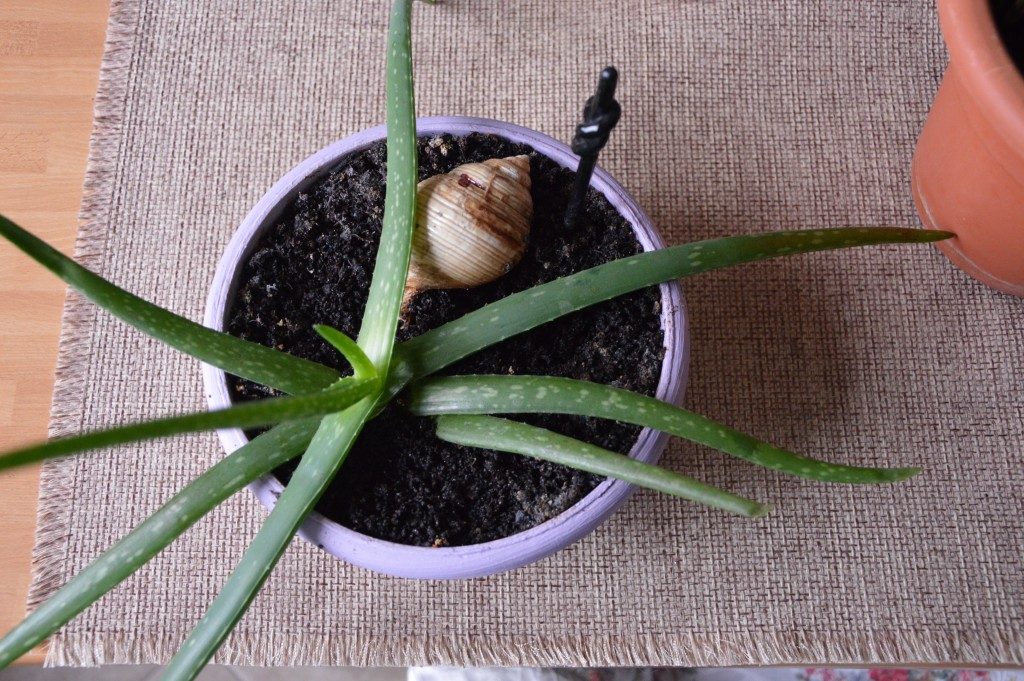
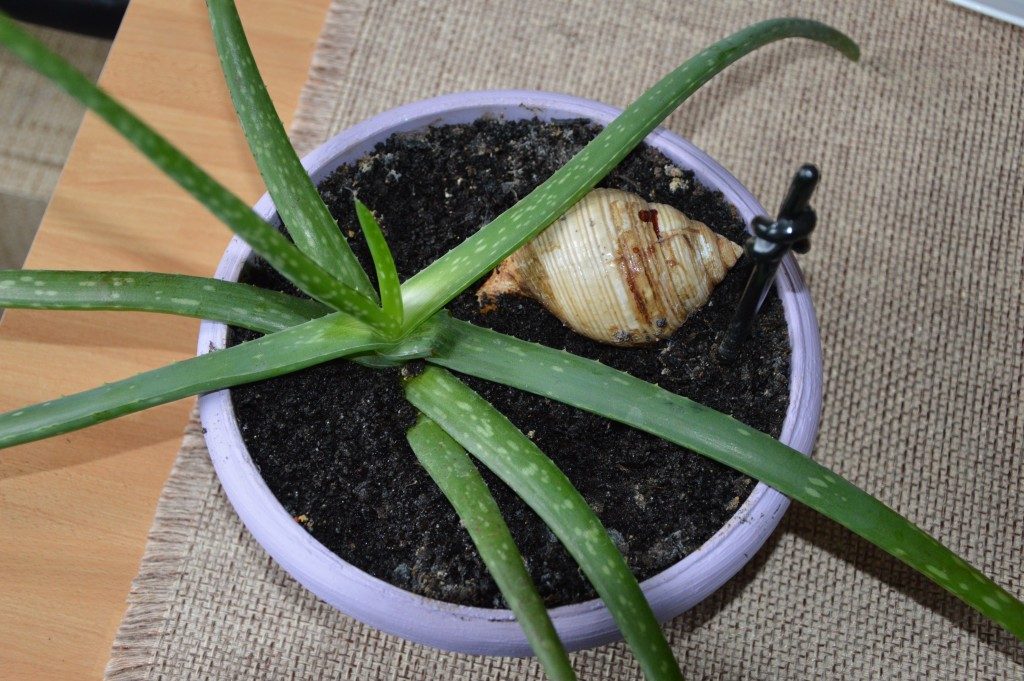
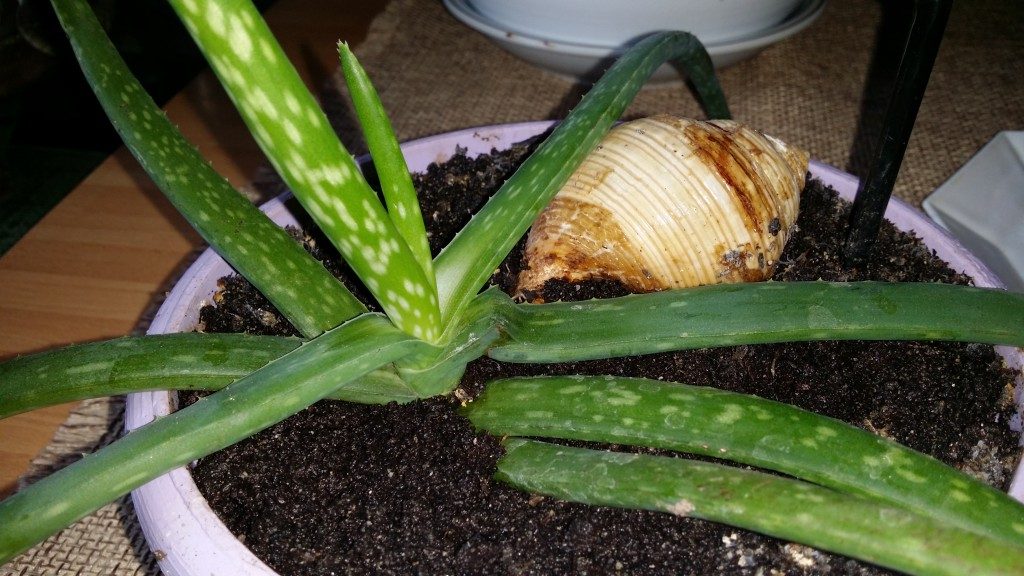
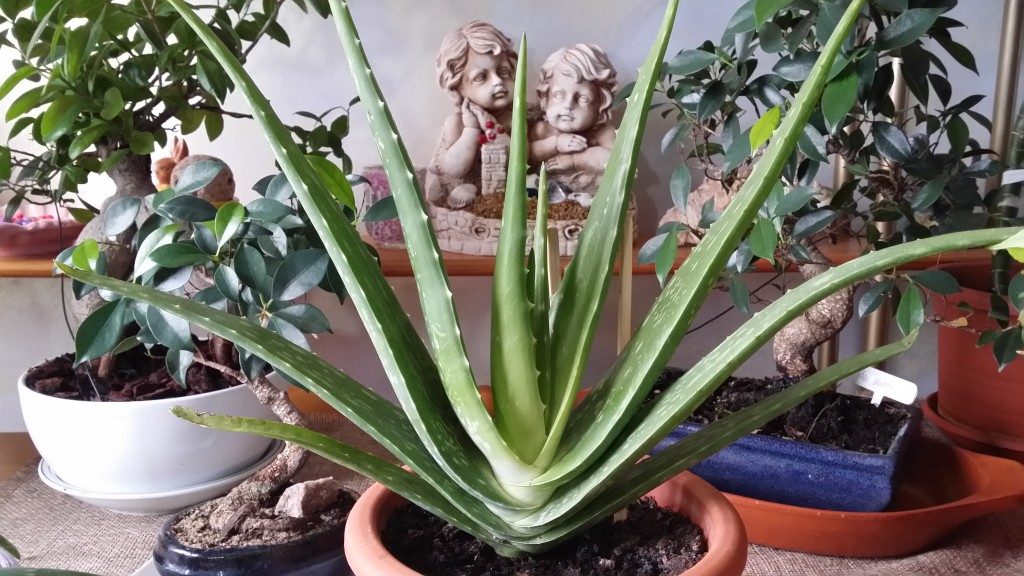
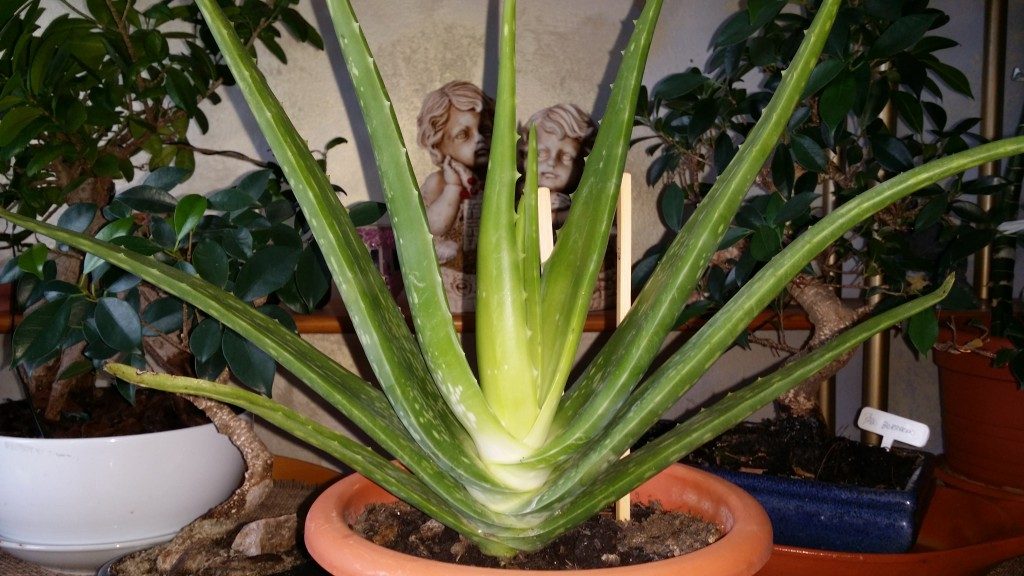
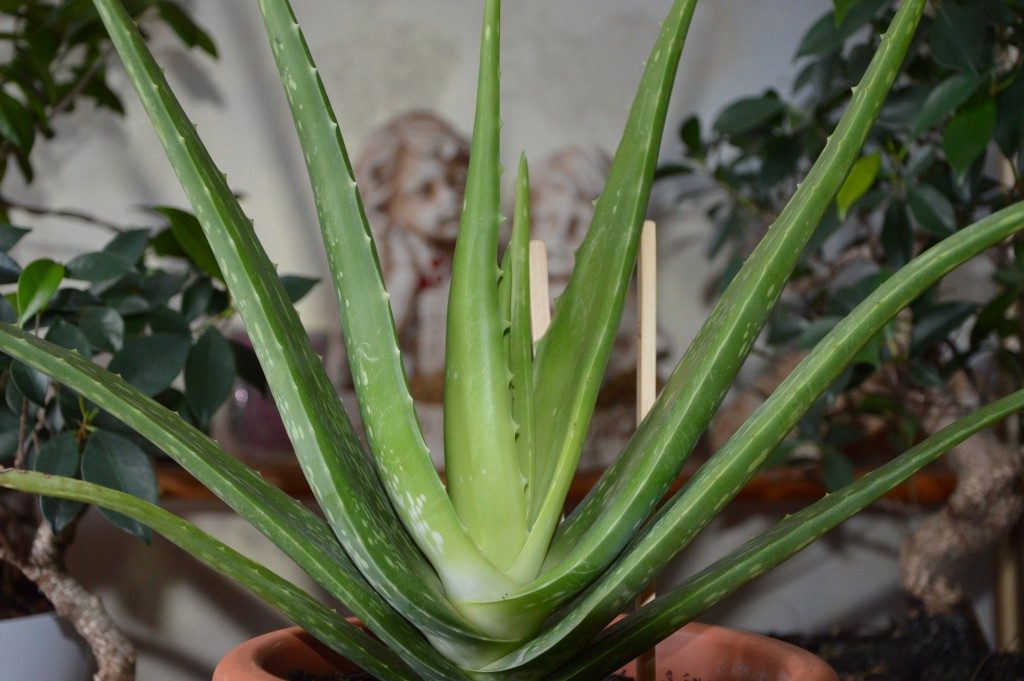
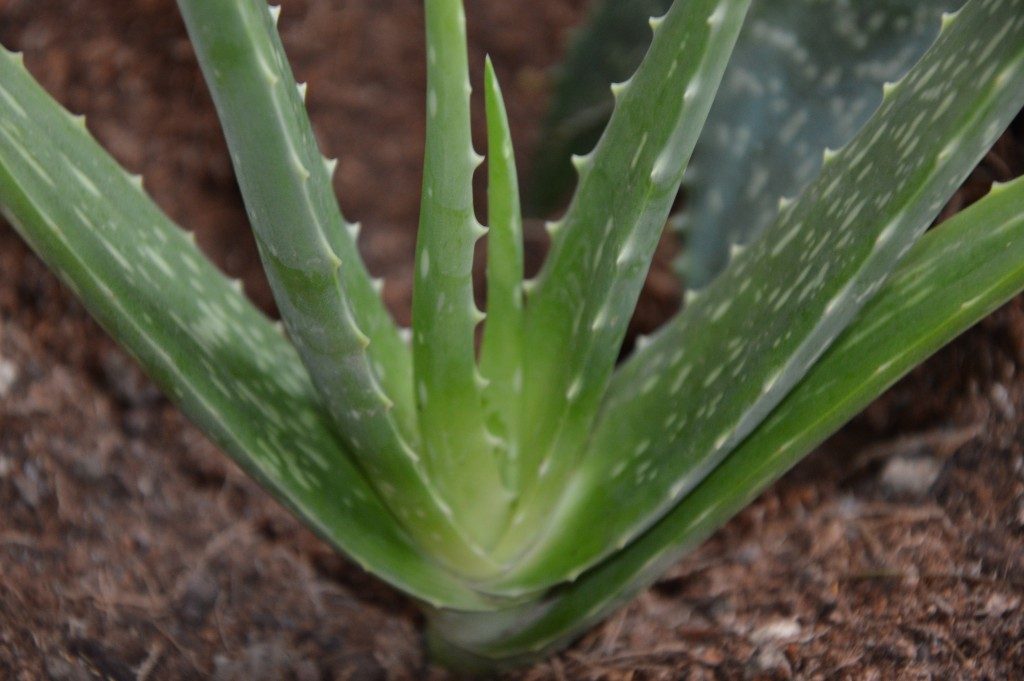
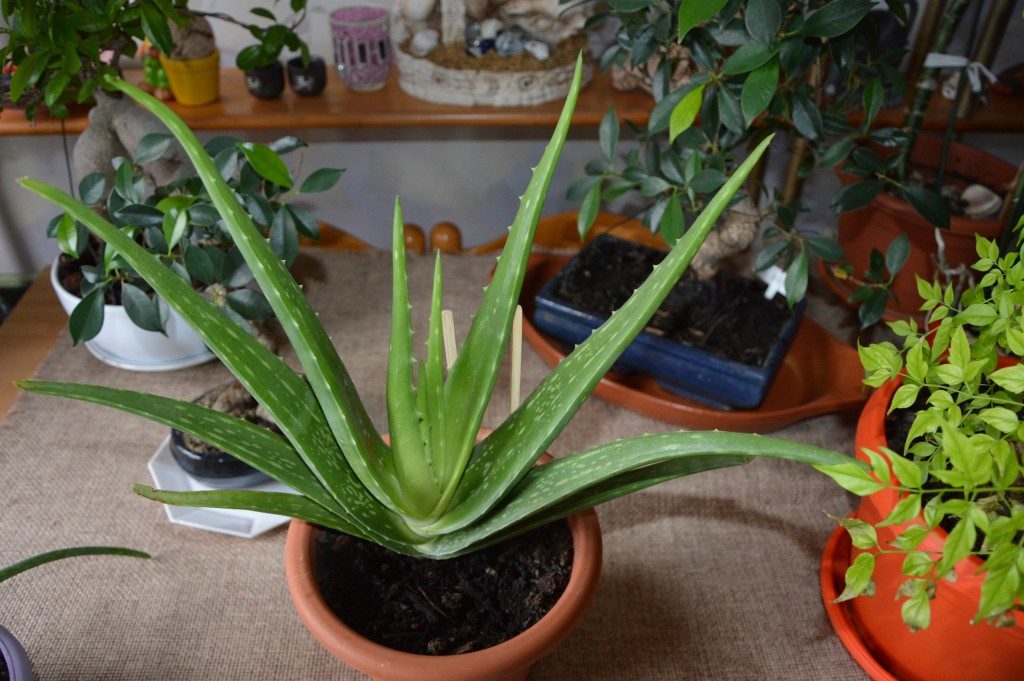
Aloe vera is characterized by fleshy leaves, succulent and serrated edge. From the center of the plant grows a shaped tubular flower, with long stems. From the leaves of aloe vera it’s possible to get two types of statements: condensed juice and gel. Used as therapeutic substances, possess chemical constituents, indications and drug interactions different from each other.
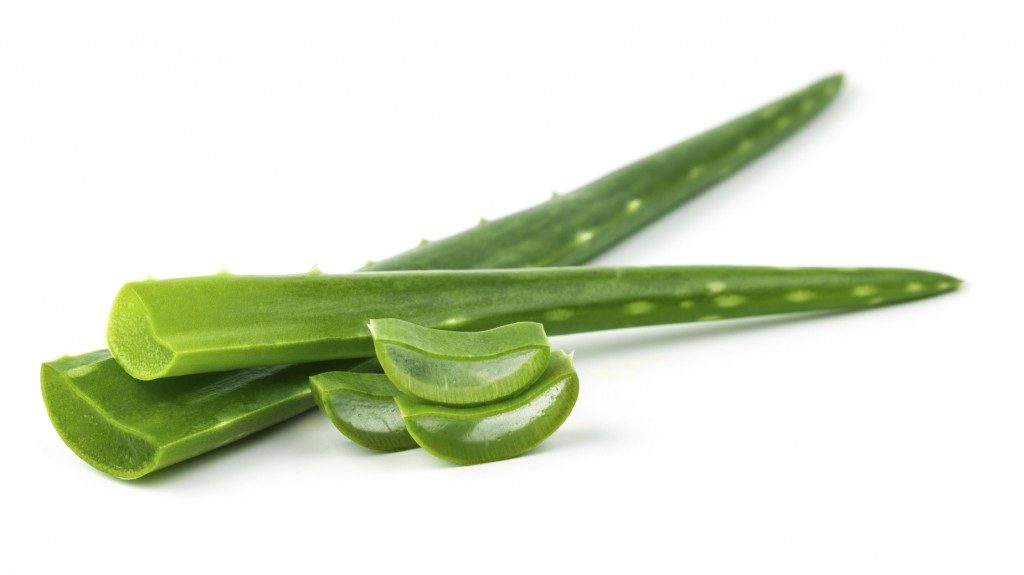
The fresh gel contained in the fleshy leaves of aloe, has a rejuvenating effect on the tissues.
Here are the top ten benefits of this superfood.
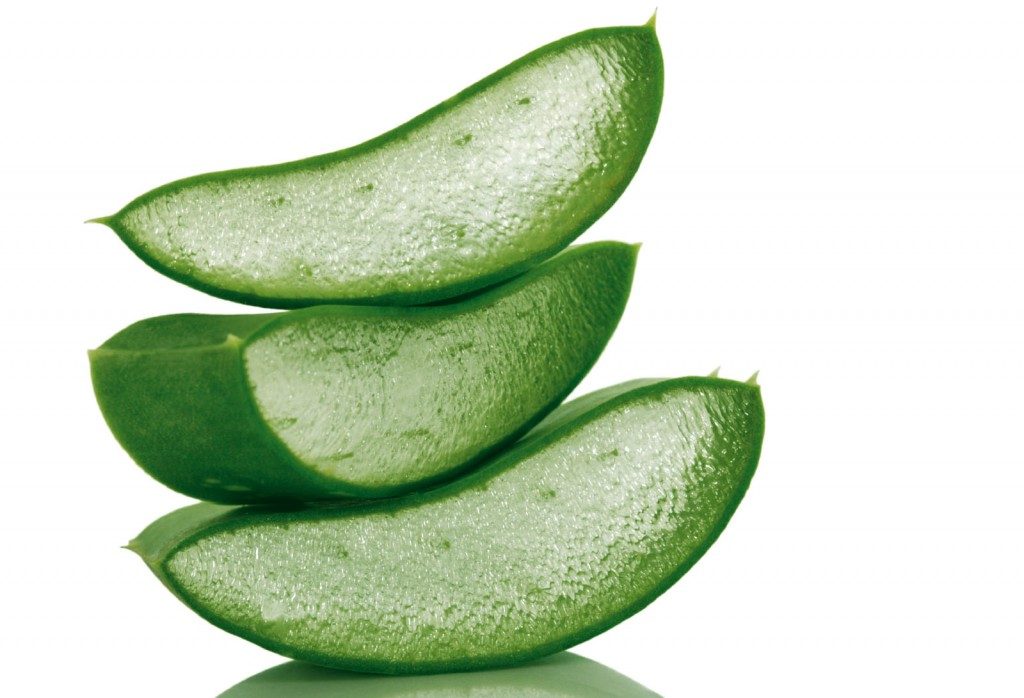
- Purifying. Aloe is able to detoxify the body of toxins. Not only that, his saccharides stick to the walls of the intestine, forming a protective barrier that prevents the absorption of harmful substances.
- Laxative. Aloe is an ally of the digestive system: stimulates bacterial flora while improving the absorption of nutrients. For this reason, it reduces the side effects of the drugs on the digestive system such as heartburn, cramps and constipation.
- Antitumor. As we have just seen the Aloe is particularly effective in preventing different types of cancer (colon, prostate, breast, lungs, ovaries and brain). Not only that, this plant is a valuable support to radiotherapy and chemotherapy, as it limits the negative effects such as hair loss, nausea, burns.
- Soothing. Aloe provides immediate relief to the bites of mosquitoes and other insects, jellyfish and even nettle. Its soothing power also extends to sunburn (both in the kitchen and those due to too much sun).
- Coagulant. Aloe is able to quickly repair tissues and membranes, therefore, is used not only for burns, but also on wounds, eczema and blisters, to accelerate healing.
- Skin care. Aloe has a ‘skin restoring, moisturizing and emollient. That is why this plant is abundantly used by the industry of beauty in soaps, creams and bath foam.
- Hair care. Aloe is an excellent conditioner as it makes the hair shiny, and protects the scalp. Also it can be used against dandruff and hair loss.
- Teeth care. Aloe is an effective bactericide. To this it can be used in a proper dental hygiene: clean channels and fights plaque. Moreover, its action is also effective coagulant sull’afte, and the internal injuries to the oral cavity.
